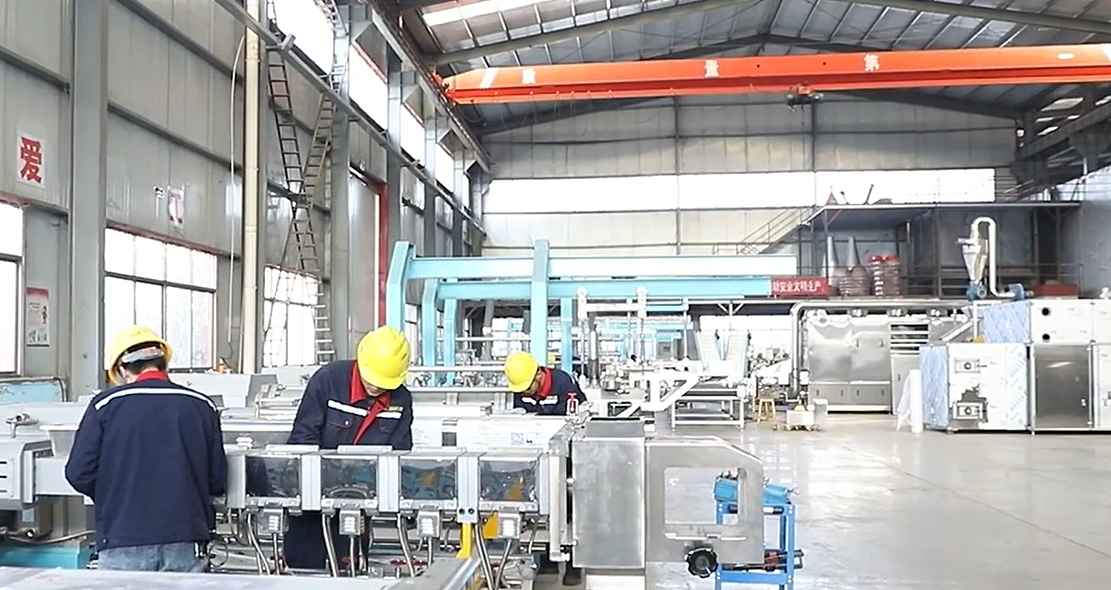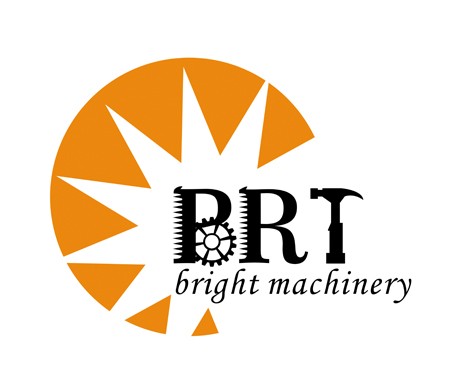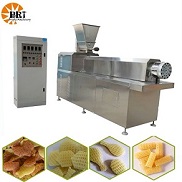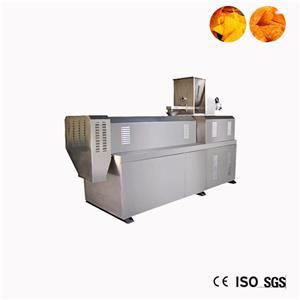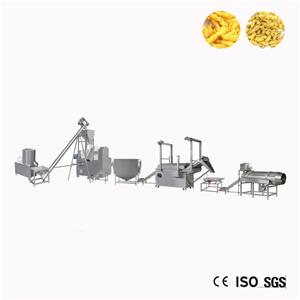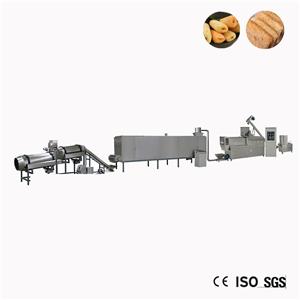Twin-Screw Extruders: The Key to Perfect High-Protein Pet Food and Aquatic Feed Extrusion
The Challenge of High-Protein Feed Extrusion
Protein is the primary nutrient in pet food and aquatic feed, but high-protein formulas often struggle with puffing due to the unique characteristics of protein-rich raw materials. Insufficient puffing, uneven texture, and nutrient loss are common problems that hinder the quality of the final product. To overcome these, a comprehensive approach to raw material selection, process parameter adjustment, and equipment performance is essential—and our twin-screw extruders are engineered to excel in all these aspects.
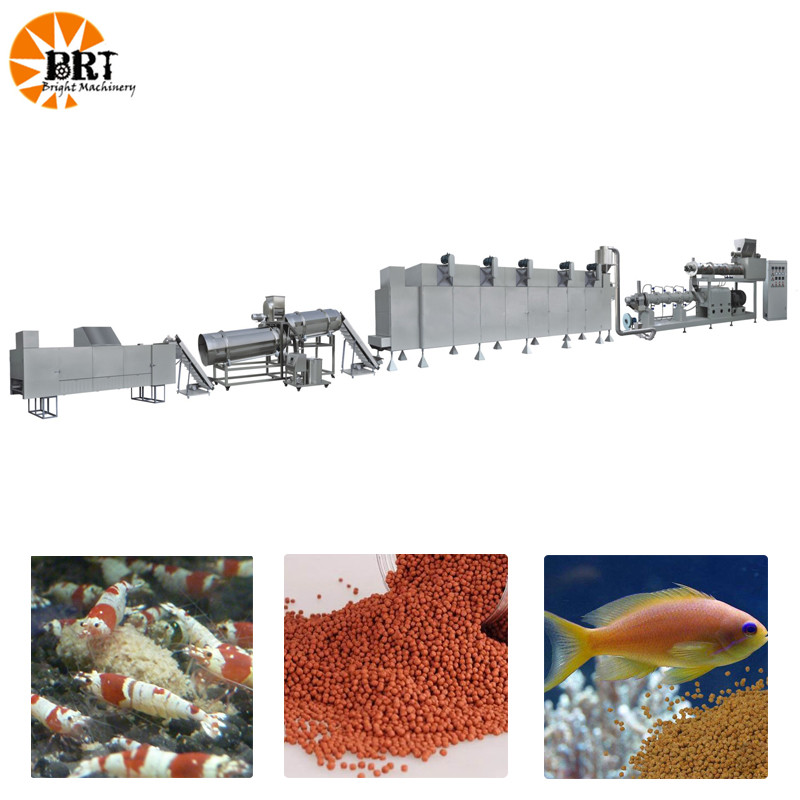
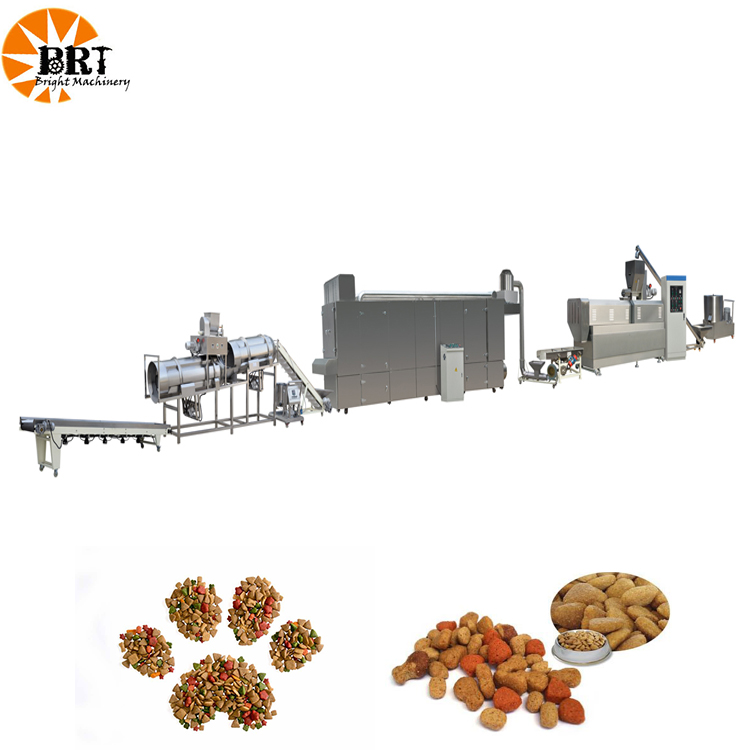
Key Solutions for High-Protein Feed Extrusion (And How Our Extruders Deliver)
1. Raw Material Selection and Preparation: Lay the Foundation for Puffing
Optimizing Protein and Auxiliary Ingredients: Animal proteins (e.g., fish meal, chicken meal, blood meal) with a loose structure and fat content (accounting for ≥40%) are easier to puff than plant proteins. Our extruders work seamlessly with these raw materials. Additionally, adding 10-20% pregelatinized starch (such as cassava starch) or wheat flour as a "puffing skeleton" compensates for the insufficient viscoelasticity of high-protein raw materials—and our equipment ensures uniform mixing of these ingredients. We also control fiber content (≤5%) by efficiently processing raw materials like rice bran, preventing fiber from hindering puffing pore formation.
Grinding Fineness Control: Our pet food production line and fish feed production line are equipped with advanced grinding systems that crush raw materials to 60-80 mesh. This avoids uneven puffing from overly coarse particles and blockages from overly fine particles, ensuring a smooth extrusion process.
Moisture Adjustment: After mixing, the moisture content during conditioning is critical—controlled at 22-28% (lower for aquatic feed). Our extruders’ precise moisture adjustment systems maintain this range, preventing hard feed (from too high moisture) or insufficient expansion (from too low moisture).
2. Extrusion Process Parameter Adjustment: Precision at Every Step
Temperature and Pressure Management: With a multi-stage zoned heating system (feeder, compression zone, melting zone), our extruders enable segmented heating for precise temperature control. The die head pressure is stably maintained at 2.5-4MPa, avoiding excessive feed density from high pressure and ensuring the right texture.
Screw Configuration and Speed: Equipped with high-shear force screws (e.g., double helical tooth blocks), our extruders enhance material mixing and prevent protein agglomeration. The speed is adjustable to 250-350rpm (ideal for aquatic feed), avoiding excessive shearing that damages protein structures.
Die Hole Design and Cutter: Our extruders feature die holes with an aspect ratio (L/D) of 1.5-2.5 (e.g., 2mm diameter with 3-5mm length), ensuring full expansion and proper shaping. The cutter speed is synchronized with extrusion discharge, controlling particle length at 1-3mm (smaller for floating feed).
3. Extrusion Aids, Quality Control, and Equipment Advantages
Extrusion Aids Compatibility: Our extruders work efficiently with common aids—0.5-1% monoglyceride or lecithin (reducing viscosity) and 0.2% sodium bicarbonate (increasing porosity)—to enhance extrusion uniformity.
Protein Protection: High temperatures can damage heat-sensitive components like lysine. Our extruders integrate seamlessly with protein protectants (1-2% yeast extract or hydrolyzed protein), minimizing nutrient loss.
Quality Evaluation Support: We help customers monitor key metrics: floating rate (≥95% for aquatic feed after 30 minutes in static water) and bulk density (300-500g/L, adjustable for sinking/floating needs). Using the KOH method, protein solubility is ensured to be ≥75%, indicating minimal denaturation.

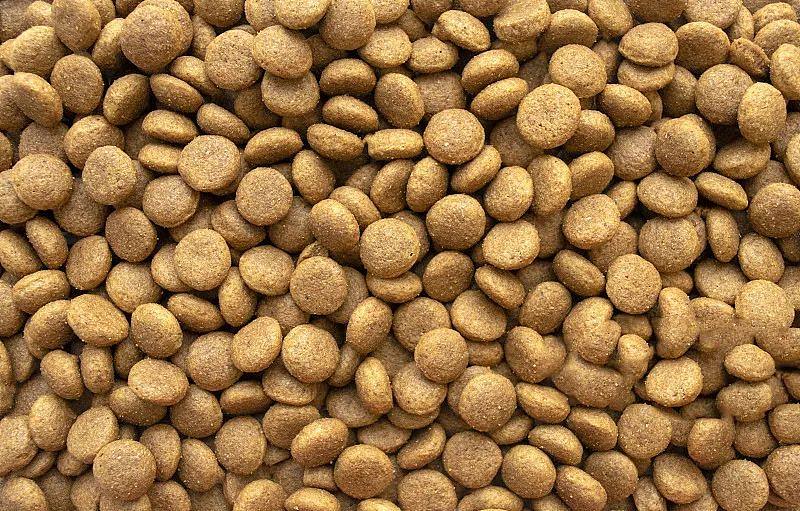
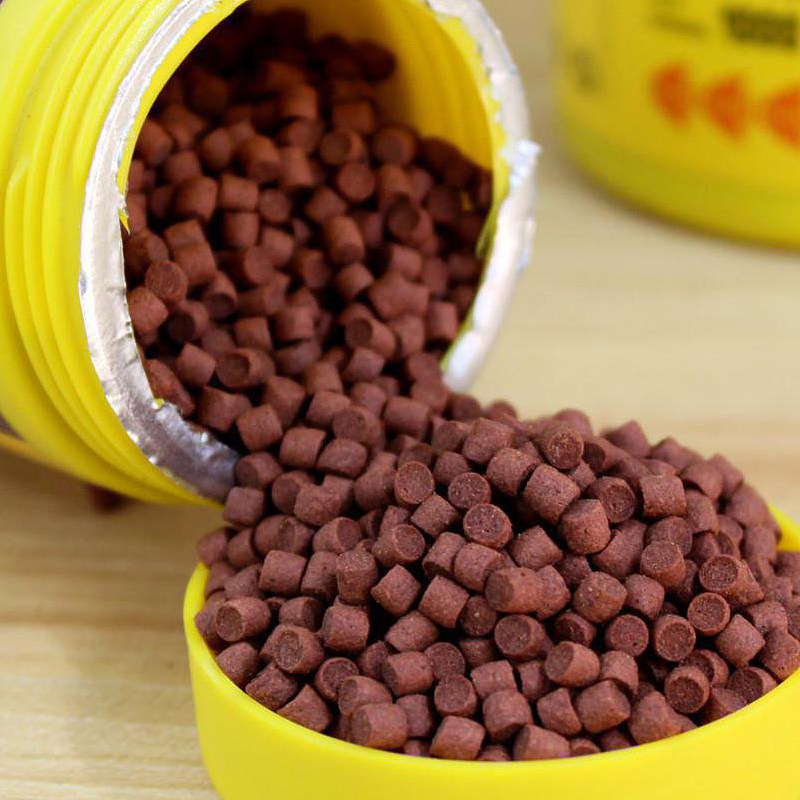
Why Choose Our Twin-Screw Extruders?
High Torque Performance: Twin-screw design outperforms single-screw for high-protein formulas, handling tough materials with ease.
Precise Temperature Control: Real-time monitoring of each zone with deviations within ±2℃ ensures stable extrusion conditions.
Post-Spraying System: Integrates seamlessly to spray grease or heat-sensitive additives (e.g., vitamins) post-extrusion, avoiding high-temperature damage.
Ready to optimize your high-protein pet food and aquatic feed production? Contact us today to learn how our twin-screw extruders can solve your extrusion challenges and elevate your product quality.
Jinan Bright Machinery.
